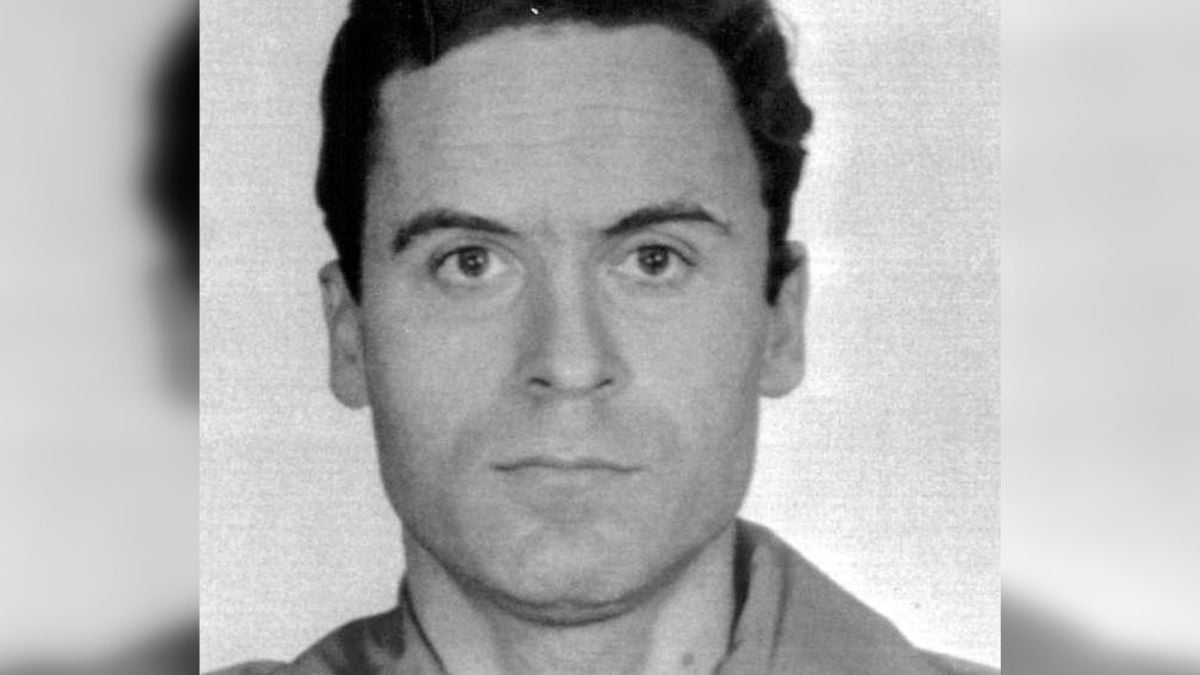You don’t have to be a true crime fan to know the name Ted Bundy, the man who murdered at least 36 women across the United States in the mid-to-late 1970s. In 1989, Bundy was executed for his crimes — here’s what his execution was like, and what the authorities did with Bundy’s brain when he died.
The way Bundy was finally apprehended might seem relatively mundane in light of the heinous crimes he committed: He was pulled over for speeding in Florida driving a stolen vehicle, according to the FBI. By that point, though, Bundy was a wanted man, suspected of killing young women in several states. He would later confess to the brazen murder of 36 women and girls, but to this day, no one knows for sure how many women died by his hand.
Before Bundy’s confession was secured, however, he went through two separate trials before he was finally convicted for two murders and sexual assault in Florida. And in 1979, Bundy was not just sentenced to die — he received three death sentences, in fact, according to Esquire, the third of which came for the rape and murder of a 12-year-old girl. As often happens with capital punishment, though, Bundy’s case was locked up in appeals, and the execution was not carried out until 1989.
Bundy was electrocuted
Ted Bundy was executed on Jan. 24, 1989 at Florida State Prison. The electric chair was the method of his execution, and the night before he died, Bundy is said to have called his mother. He was served a final meal of steak and eggs, which he didn’t eat, and chillingly, Bundy’s final words once strapped to the chair were, “I’d like you to give my love to my family and friends.” Thousands of volts of electricity then coursed through his body. And with that, one of America’s worst and most notorious serial killers was dead.
Bundy was then cremated, and his ashes were spread around the Cascade mountain range in the Pacific Northwest — Buddy’s ashes were spread, that is, minus his brain. Scientists thought a killer as depraved as Bundy might show some sign of what he was capable of in the physical makeup of his brain, or that some kind of malady or form of brain damage caused his killing spree. Bundy, after all, had reportedly called his compulsion to kill a “chemical tidal wave washing through his brain,” a detective who worked with him said. But when Bundy’s brain was removed from his body and examined, no abnormalities were found.

